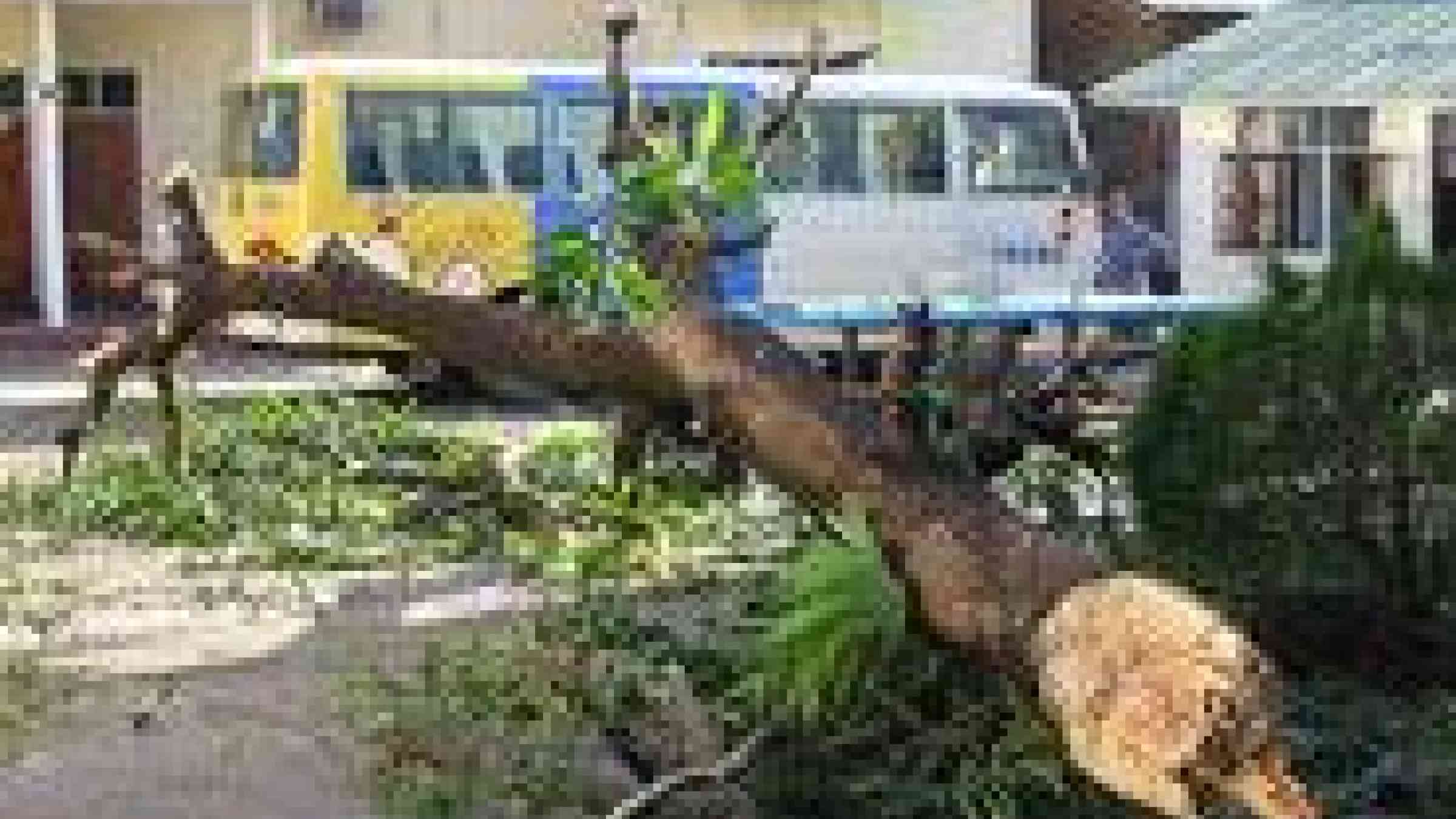Cyclone Nargis: Three years on, survivors rebuilding lives

Cyclone Nargis survivors, especially children, are still in need of support as they continue to rebuild their lives three years after the disaster. The cyclone decimated vast swathes of Myanmar’s southern coast and killed more than 140,000 people. The damage was estimated at some US$10 billion.
Plan to upgrade presence
Plan, one of the few international aid agencies working in Myanmar, is upgrading its long-term presence in the country after three years of relief and recovery efforts in some of the worst- affected regions.
“Plan will continue to support cyclone victims in achieving their development aspirations and improving their quality of life. But the need for comprehensive support is huge. Such assistance will not materialise nor be sustained without financial commitment from those in the developed world”, said Prem Shukla, the charity’s Disaster Response Project Manager.
Survivors need support
Plan has worked with the Yinthway Foundation, UNESCO’s Myanmar Education Recovery Programme (MERP), the Metta Foundation and Bridge Asia Japan, focusing on the villages around the townships of Myaungmya, Laputta, Mawlamyingpun and Bogale. In total, around 194,000 people have directly benefited from Plan’s relief and recovery efforts.
Warisara Sornpet, member of Plan staff who recently visited the region said: “Myanmar’s cyclone survivors have suffered tragic losses like the tsunami victims in Japan. They have also shown incredible resilience by rebuilding homes, replanting farmland, returning to schools and carrying on with the routine. But they are carrying on despite poverty and scarce resources, and will need continued support from governments and aid agencies to rebuild their lives and communities.”
Disaster resilient schools
After initial emergency needs of housing, food, and healthcare were addressed, Plan and its partners worked with communities to rebuild devastated villages and improve school facilities to standards higher than those prior to the cyclone. Working with local partners, the child rights charity has built and renovated 51 schools and handed them over to local authorities, benefiting thousands of children. Fourteen of the new schools are disaster resilient and can also act as emergency shelters.
“The aim was not only to get schools up and running, but also to mitigate the potentially devastating impact of any future natural disasters by rebuilding and improving infrastructure,” said Prem.
As a key priority to better prepare communities in dealing with disasters, Plan, along with local partners, has carried out disaster risk reduction training with children, teachers, parents and communities in Myanmar’s Delta region, benefiting some 440,000 people indirectly.
Editor’s notes:
* Plan is a child-centred community development organisation and works in 48 developing countries across Asia, Africa, and the Americas to promote child rights and lift millions of children out of poverty.
* Plan has been operating in Asia since 1948. We work in 14 countries, helping thousands of very poor communities to fight child poverty and help children realise their full potential.
* Shortly after Cyclone Nargis hit Myanmar, Plan began working with partners to build or upgrade 43 emergency early childhood care and development (ECCD) centres and play areas for small children − essential for creating a sense of normalcy and starting the recovery process after the disaster. These centres also proved integral to improving the health of young children by providing a feeding programme and reducing disease through a hygienic environment. The centres and trainings have benefitted some 15,000 families.
* Plan also supported the construction of a vocational skills training centre at Laputta to provide gainful employment for orphaned youth from villages affected by the cyclone.